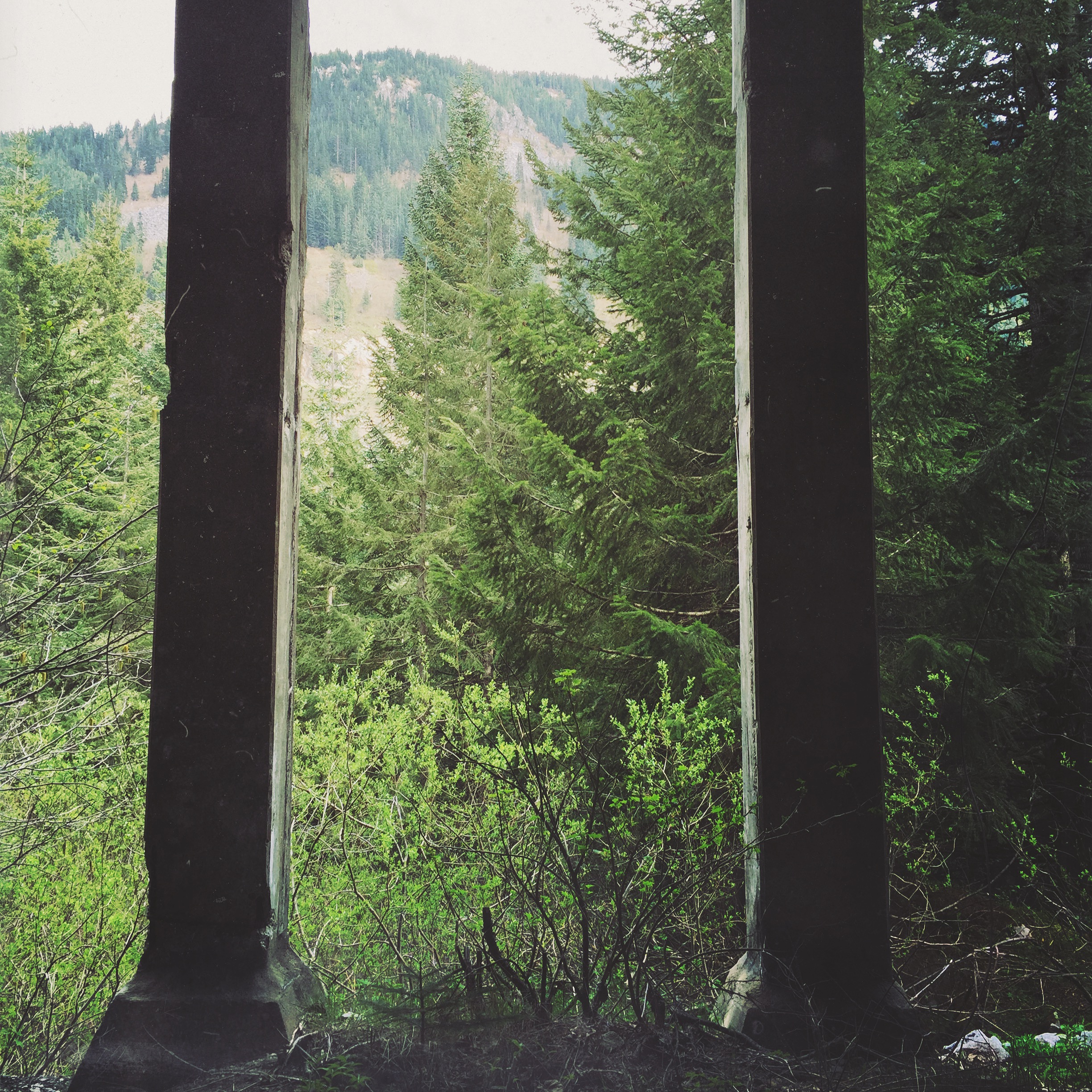GREAT NORTHERN GHOSTS
I was supposed to be packing for China. But my imagination was flooded instead with thoughts of 96 long-dead passengers and workers of the Great Northern Railroad. This, the result of a visit to a tiny speck on the map called Wellington, an embarkation point for the Iron Goat hiking trail in Washington’s central Cascades.
When we rumbled up the fire roads in search of a Sunday hike we had no idea we would leave in the thralls of a story; one that still lingers in the tunnels and trails that mark where a railroad town once thrived.
In late February 1910, just as a storm front nudged across the central Cascades, a pair of trains—one passenger, one mail—departed from Leavenworth, Washington and began to travel west towards Steven’s Pass, a 4000-foot high mountain cut. When they reached the Cascade Tunnel the snow was falling at a rate of one foot per hour and they were forced to stop in Wellington where they were effectively marooned—the train cars backed inside the tunnel to protect against snow slides.
The local hotel ferried in food and supplies as a crew toiled for nine days to clear the tracks. Caving to the passengers’ fears of being trapped inside the tunnels, the conductor reluctantly moved the trains out, parking them near the hotel in an exposed state on the mountainside.
On March 1, 1910 a lighting strike on Windy Mountain caused a half-mile wide wall of snow to thunder down the slope above Wellington. It missed the hotel but struck the depot where the passengers and crew were fast asleep inside the stranded cars. The slide annihilated everything in its path, scattering wreckage and debris 150 feet down into the rugged Tye river valley.
Rescuers could accomplish little in the three-foot high snowdrifts. 150 men dug for bodies in the increasing blizzard. Twenty-three survivors were rescued but it was not until four months later—in July—that an accurate tally of the dead could be made: 35 passengers, 61 Great Northern Railroad employees. This finally count is thought to be conservative—many immigrant workers were unaccounted for and not recorded among the lost.
It was the worst avalanche in United States history.
Soon after the tragedy, the railroad erected giant, concrete avalanche tunnels along the ridge above the Tye River. They still stand today and to walk through them is both eerie and momentous—a half-mile-long corridor supported by looming pillars, evoking something ancient or pre-Columbian. The tunnel’s south side is open to the elements and the forest has begun to quietly reclaim it.
A viewing platform overlooks the ravine where the wreckage of the Pullman cars finally came to rest. Fragments still remain—a brakeman’s step, tin cups and cans, battered flanges, rusted tanks. If you stand in the cool damp of the tunnel and look out at the wall of trees, you can almost taste the stinging snow and hear the slow crunch of rescuers struggling up the frozen glade.
After the tragic incident, the town of Wellington changed its name to “Tye”. Over time it was abandoned and eventually burned. Today, all that remains is an interpretive trail where the town once stood, a handful of plaques and some remnants of buildings.
The Iron Goat trail which begins at the west side of town is a well-groomed, nine-mile route through forest and highland along the abandoned Great Northern Railroad grade. It offers scenic views of peaks, falls and alpine meadows.
It is also a path through living history—a place of remembrance and mourning for the 96 lives lost over 100 years ago.
FIN
Photos of Wellington


























